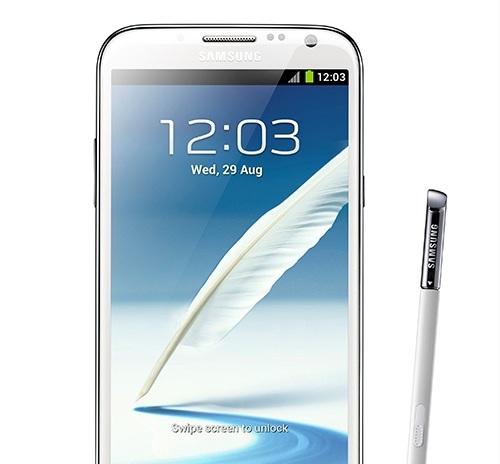
It’s a question we pretty much ask ourselves anytime we see a new device being released: what makes this device stand out from any of the others out on the market today? What makes this device better than the others? What can this device give me that others can’t? While a multitude of factors play in to why a device is “great” in our eyes, it’s ultimately up to the individual’s taste and preferences on what features work best for them in a smartphone. While devices will continue to wow us with new technology, I feel that there are some basic stomping grounds that need to be featured before delving into the specifics.
Generally, to produce a device that the masses will label as being the best of the best, companies have to make sure of they have a couple of key things: innovation and great timing for starters. For the longest time Apple was the innovator; it was their device that, while it may not have been the very first smartphone in the market, was the one that people flocked to. Not only was the first iPhone considered "innovative" by many, but it was innovative at a time when people accepted that kind of innovation. It takes two elements for innovation to work: the idea, and pitching the idea at the right time. Both iOS and Android have seen success with this formula; however, it may be too late for BlackBerry 10 to succeed using the same formula because they might have waited a little too long to revamp their product. Time is extremely essential in the mobile phone world, because even waiting an extra month can risk a company presenting outdated software.
Innovation and time are very important in a device, but a device also needs accessibility; a flow, a certain feng shui that people can adjust to within a short period of time. Carriers generally give customers about two weeks to make a decision on whether they want to keep a device or not. If a customer can’t figure out what’s going on with their device within two weeks, most people don’t have a problem paying a restocking fee to exchange the device for something that works; after all, they’ll be keeping this device for about two years, give or take a little bit. The higher the return rate, the worse the reviews will be. Everybody knows that bad news gets talked about more than good news, and people are quick to report on the bad if it’s actually taken time out of their schedule to address a problem. Even if a platform is a little more difficult to understand at first than others (Android vs. iOS for example) Android still has a pretty good flow throughout the device – most of them even take you through a tutorial when you first get the device so you understand how the commands work. Even if you want to make a device with a more complicated platform you’ll still need to have the basic functions of the device be easily accessible, otherwise you can expect it to flop.
Last but not least, a device has to have a comfortable and attractive design. While not everybody will agree that an attractive design is essential, I think everyone can agree that nobody wants to carry around a device that is uncomfortable to hold. If phones keep heading in the direction they’re going in and continuously growing larger (I read a rumor today that said that a Sony Xperia device might be 6.44 inches – that’s literally about a half an inch smaller than a tablet, who are we kidding?!) we can expect to see humans with gigantic hands in about 20-30 years’ time. As odd as the iPhone 5 might look compared to other devices with large screens, Apple might have had the right idea by making the device taller. Making a phone too wide just isn’t comfortable to hold for long periods of time. With a taller device, you still have the added visibility factor without having to worry about cramping your hand after a lengthy phone conversation. As for the attractiveness, it might not be essential but as humans we have a tendency to like to shift our attention to things that we find pretty. Point and case, while I was working at Sprint we got a new basic phone on the line – a clunker of a phone called the Kyocera DuraPlus. It had a rugged design that was meant for those who worked in the elements, but looked like it was sent there straight from the 90’s. Next to the DuraPlus was two other rugged phones (not as rugged, but rugged enough) that featured more attractive designs. These were the go-to phones for anybody who specified they needed something durable. Although the DuraPlus was probably the most durable phone we had, nobody wanted it because it was an eyesore. Completely functional and got the job done, but ugly as homemade sin.
While I feel these are some of the basics of what make a device start off on the right path, where the company takes the phone next is where the real challenge begins. There are a lot of factors on what makes a device become the best of the best, and the answers will change no matter who you ask. For one person it might be a stellar camera; for another it might be how much storage a device can hold. So this is where I ask you, reader: What factors determine a great device to you? Let me know your thoughts in the comments below!